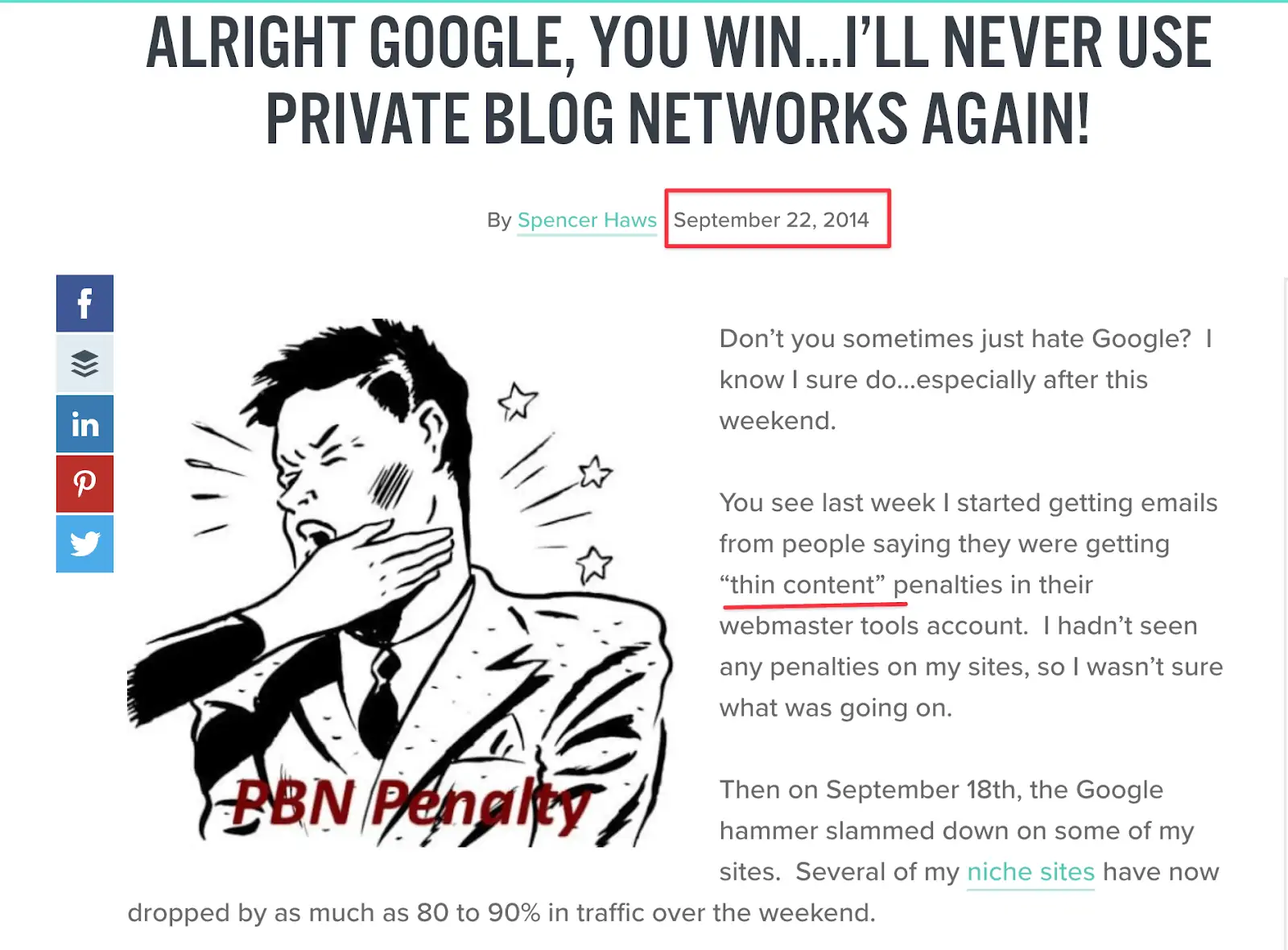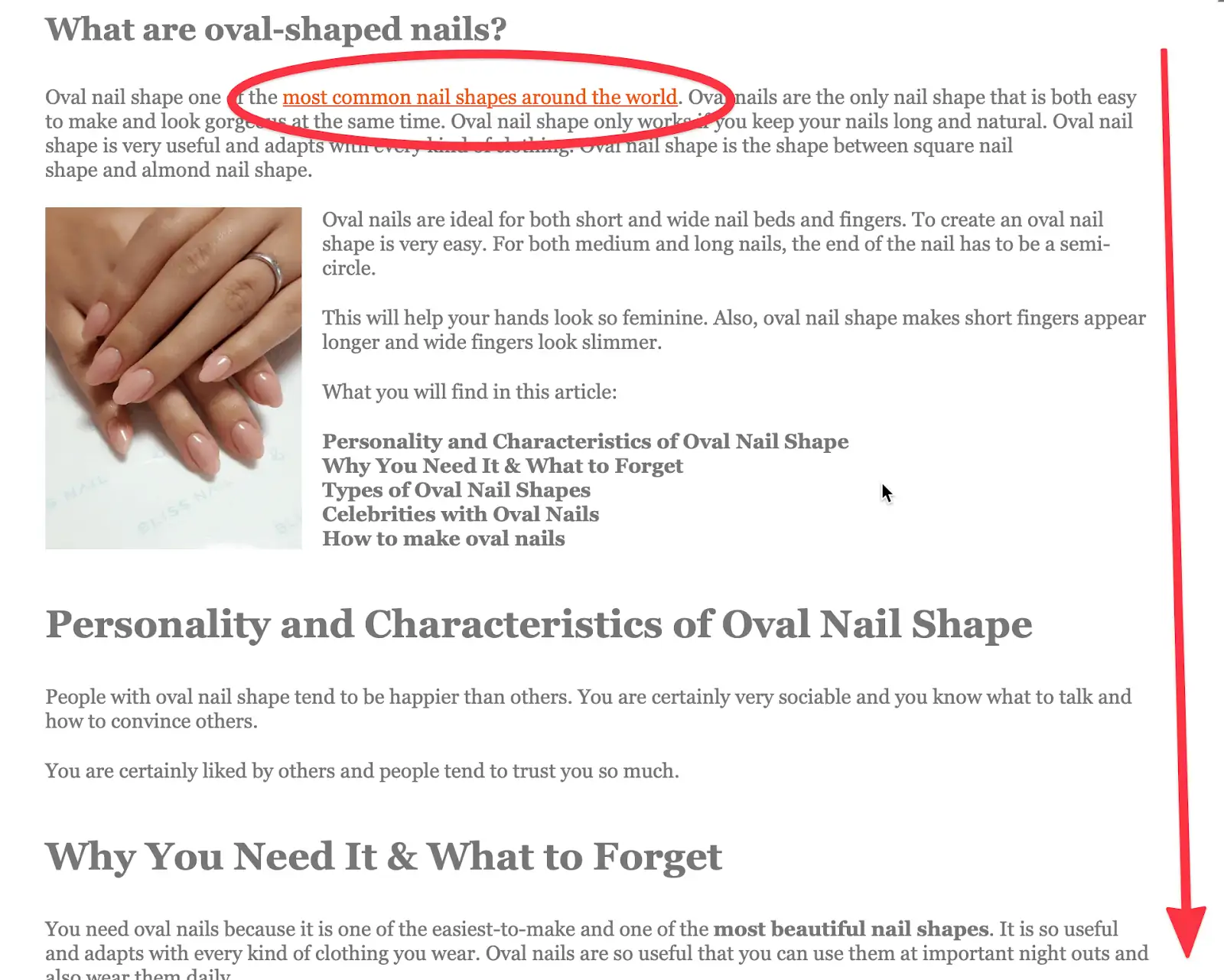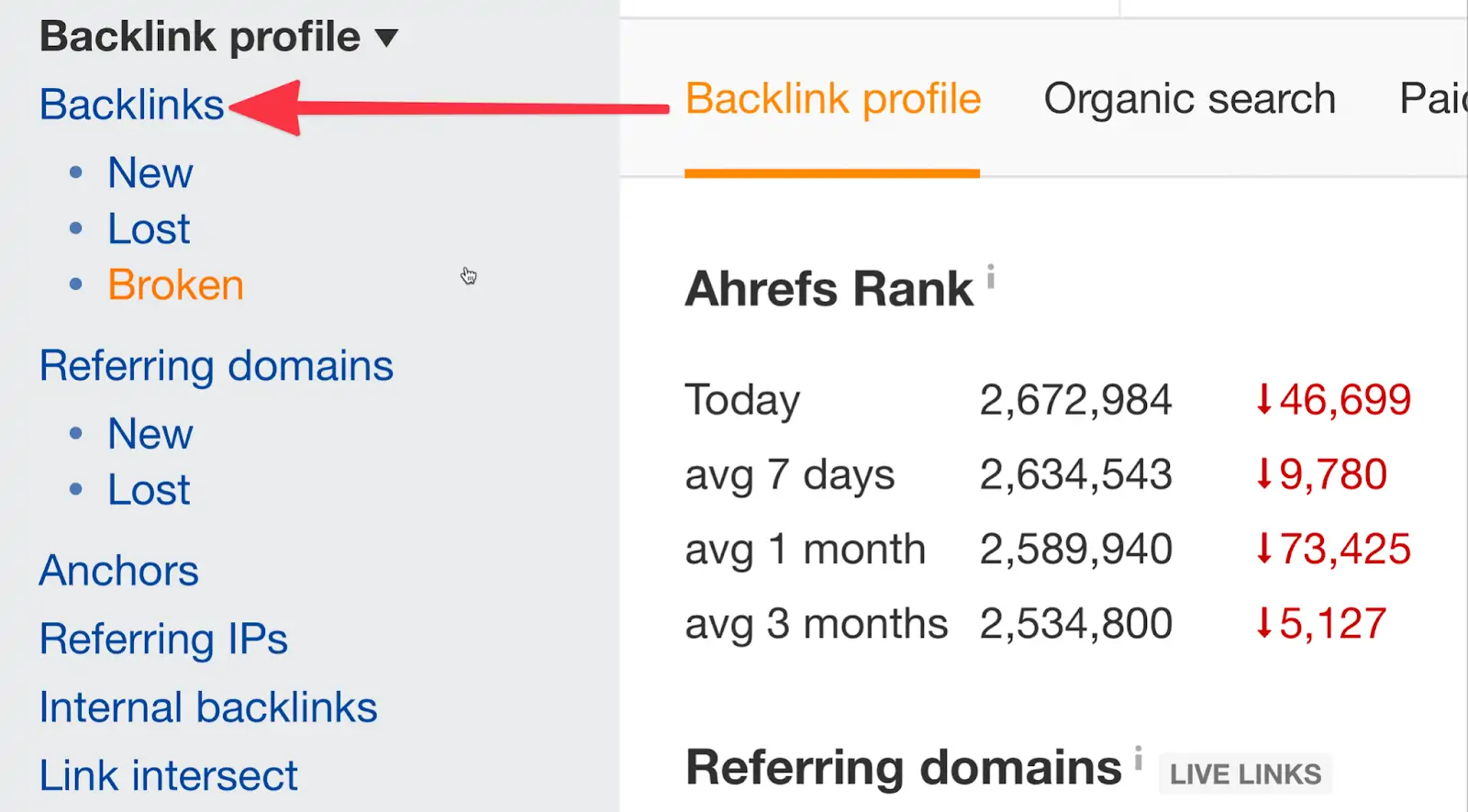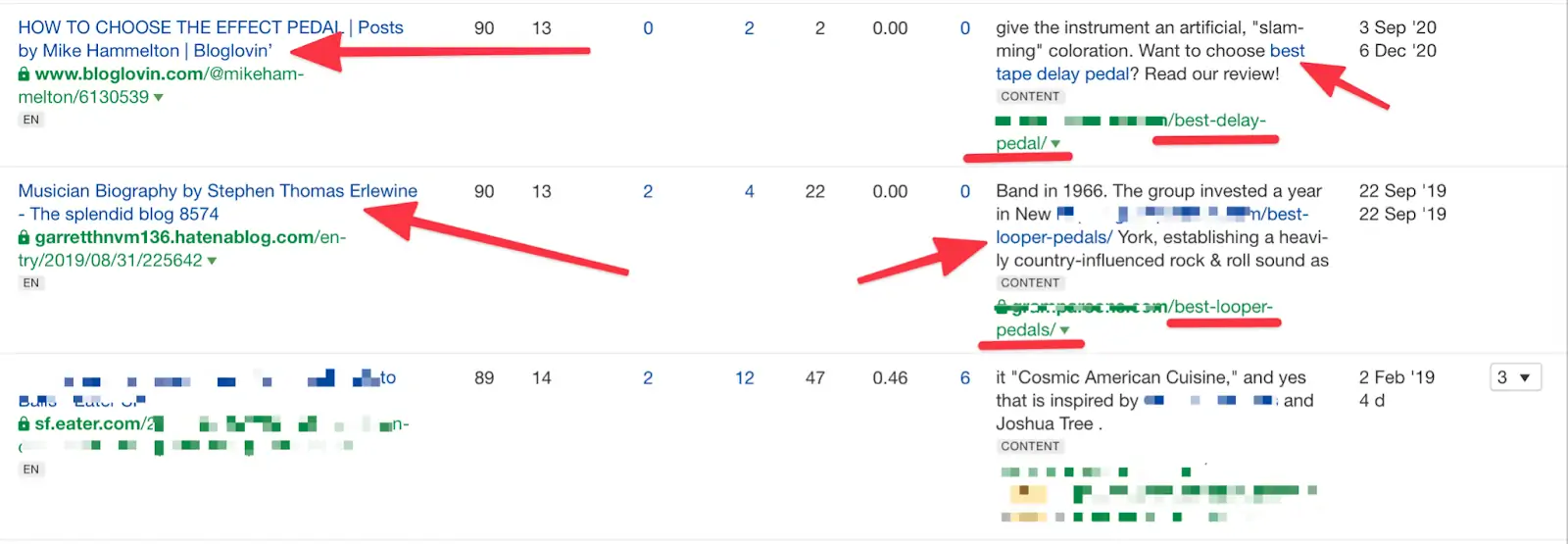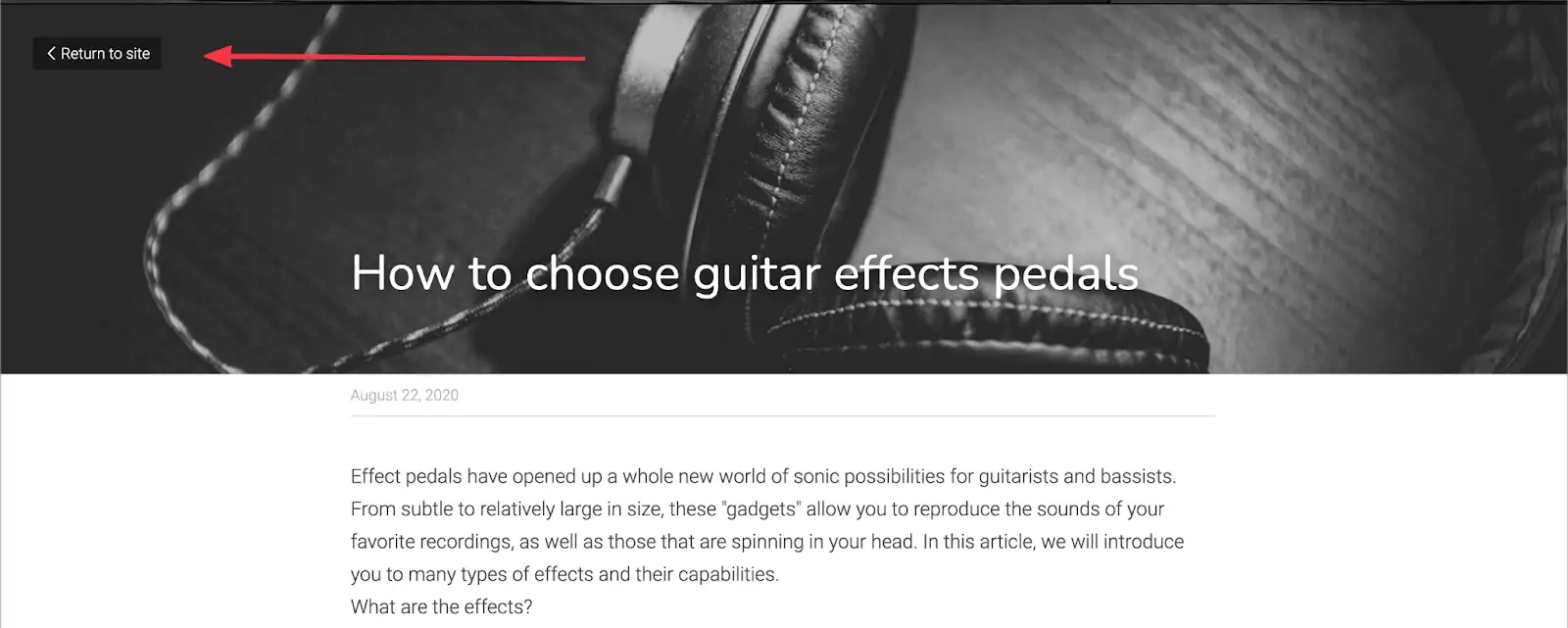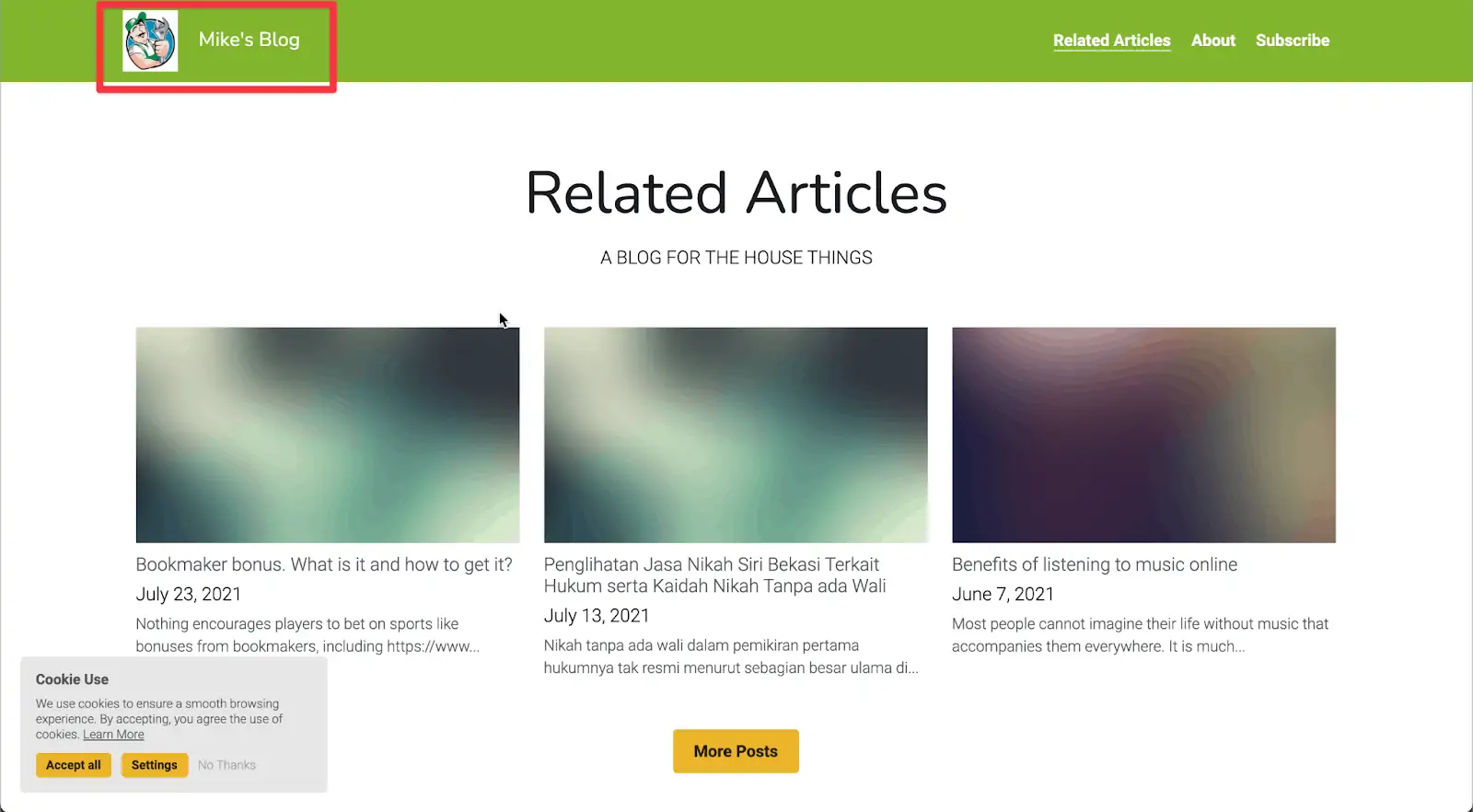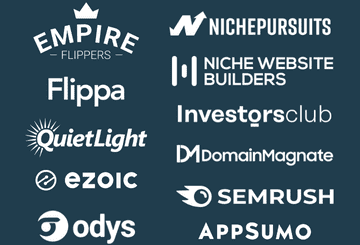The importance of backlinks is obvious. They communicate to the search engine that a site is important.
Significant money is spent trying to acquire a higher domain authority, which often is done through the use of Private Blog Network (PBN) backlinks.
PBNs back in the day (2015 or so) and even sporadically today are notorious for propping up the authority of a website until Google is able to catch on and penalize the network.
In this write-up, I cover the following:
- What are PBNs
- How do they work
- Google’s crackdown of PBN backlinks
- Common attributes to catch PBN links
- Step-by-step to catch PBN links using AHREFs
- Story of buying a site with 100+ PBNs and getting penalized
- Common questions
If you are buying a website, it’s in your best interest to understand what PBNS are and how to spot them.
Let’s get into it!
What are Private Blog Network (PBN) links?
Private Blog Network links are links directed from a collection of privately owned websites with the sole purpose of driving high-level link juice at a site of the owner’s choice.
Links like these can often be bought, rented, or exchanged.
Gig sites, such as Fiverr or People Per Hour, will often have them for sale or in exchange for a guest post on blogs like Bloglovin’, as seen below. Bloglovin’ is web 2.0, and a fine place to blog, but sites like these are open to manipulation by those using them to post commercial content.
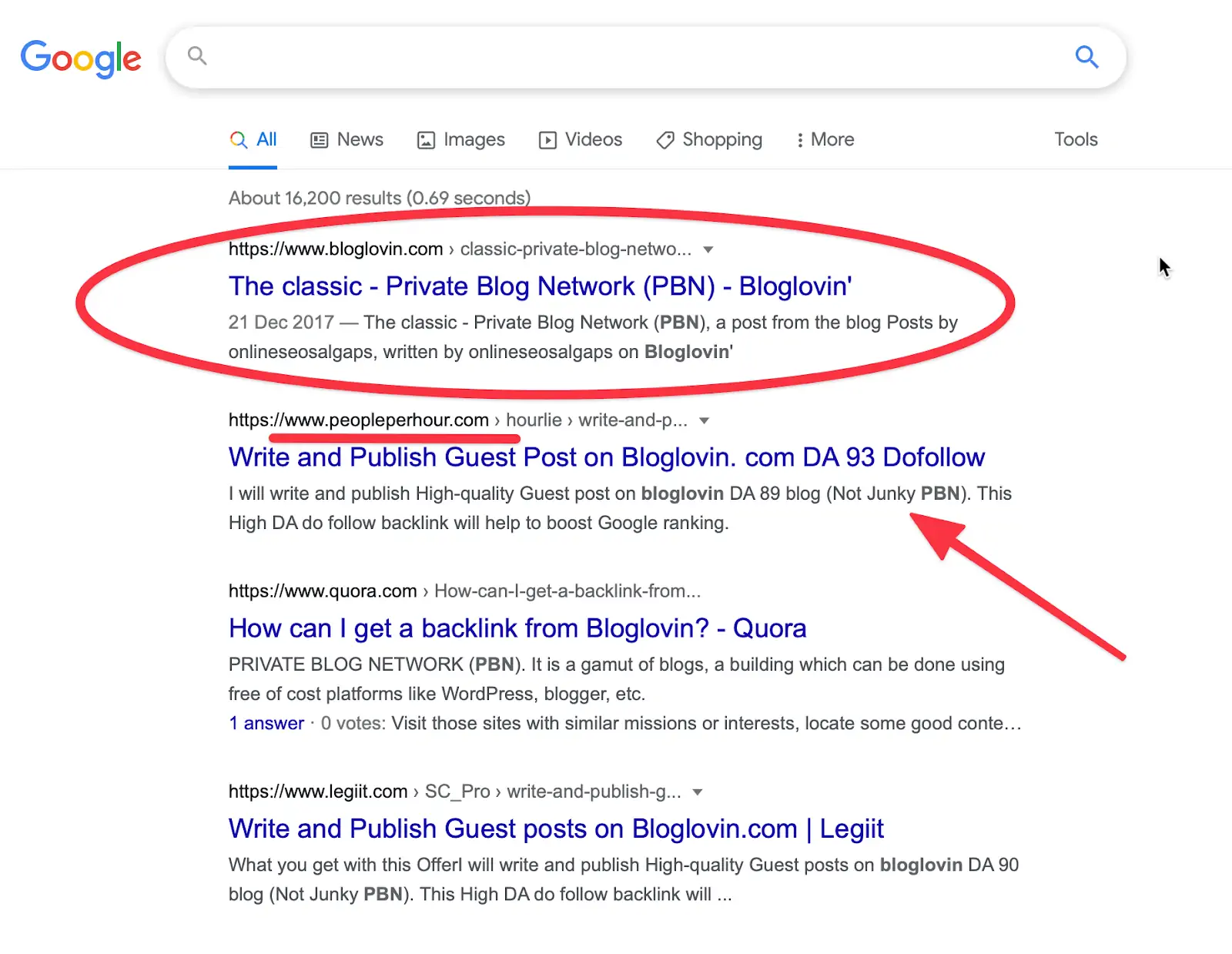
How Do PBNs Work
Unlike a standard website that exists to add value to the Internet experience, PBN sites tend to be maintained solely to add link value somewhere else.
A PBN owner will have a network of high authority sites that they control.
These set-ups are constructed using expired domains that carry high-level authority and will be independent of one another.
It’s all about the Privacy
The network owner will do what they can to reduce any footprint between their network assets, reducing the chance of the PBN being found and their money site penalized or de-indexed.
By keeping them private, the owner can direct links at their or their clients’ money site(s), rapidly increasing ranking time and adding site authority to the site that needs it.
Careful construction of PBNs can make them challenging to identify. Tactics here include hiding domain ownership from the public WHOIS database, hosting their sites with multiple different hosting services, drip feeding content on a scheduled basis, to name just a few.
History: Google’s Crackdown on PBN Links
As long as there is authority, there will be those who try to push the boundaries of the set limits imposed by the system.
This isn’t a crime, but it still carries the potential of punishment.
1. PBNs are a violation of Google Webmaster Protocols.
Essentially a PBN adds nothing to the experience Google wants for their customers, detracting from their ethos and long-term trajectory, using up bandwidth like any other spammy site, and manipulating search results.
If a website is ranking highly because of the links pointing to it, and the links turn out to be from an unnatural source, there is no way of guaranteeing the authenticity of the content, and therefore no way of knowing if a user/customer is being scammed or taken for a ride.
2. Thin Content Penalty
In 2014 many sites, including many niche sites, were suddenly hit with a ‘thin content’ penalty.
The evidence was clear that in many cases, it had little to do with thin content, but the fact that the content considered thin by google was being driven by PBNs.
Knowing what we now know about Google – its foremost concern is for content credibility and authentic user experience – it’s easy to look back with hindsight and understand why this would happen.
The truth is, for Google, this in fact, ‘thin content’, as genuine authority links don’t authenticate it.
Similar to content spinning or keyword stuffing, for Google, it’s a tactic that falsifies results, and crackdowns like this make the point loud and clear.
The search giant expects content links to be editorially given, not self-awarded.
4 Common Attributes of a PBN Website
1. Bulk unrelated published content
A vital indicator of a site used on a PBN network can be bulk published content unrelated to the original site intent.
Site owners building in this way will add a chunk of bulk content as they resurrect the expired domain.
If the content has been published in one go without topical relevance to the domain, it’s sitting on, it’s a red flag.
2. Full blog post published on the homepage, rather than excerpt
Placing entire blog posts on the homepage rather than just the excerpt allows full link juice to pass through the home page, which will then pass to the linked out site.
This isn’t good practice and is another red flag.
This image is an example of both attributes 2 and 3 of this list. The whole blog post fills the homepage, yet within the first sentence links out to a different site.
3. Homepage external links
Linking to external sites from the homepage is either stupid or a sign the page is set up to pass authority somewhere else.
As a site owner, the last thing you want is users navigating away from your homepage as soon as they’ve landed. Unless that’s your actual intent.
4. High DR, minimal traffic
Having a high DR but minimal traffic is a sign that a site could be a PBN. The high DR being from old link power, the minimal traffic due to the lack of new or relevant content updated to the site.
How To Spot PBN Backlinks using AHREFs: Step-by-Step
Metrics are a great way of finding out if the backlinks of a site you’re looking at have value. However, no metrics are foolproof.
The process of checking backlinks is labor-intensive. You have to sit down and put in the hard work and hours of manually sifting through the links.
I use Ahrefs for this.
Let’s dig into a site and take a look.
Step 1: Open the site up in Ahrefs
Opening up the site below shows some decent enough first impressions.
Both domain rating and URL are of a decent enough value, and while organic traffic is low, that could be for several reasons.
Step 2: Move to Backlinks
So from here, I click on the backlinks tab to the left.
Step 3: Set Filters
Now, the site showed 41,000 backlinks, which is a fair amount to analyze. Fortunately, we can set filters to help streamline the process.
In the image below, I’ve selected to group similar backlinks, reducing the number of link sources to under 1800.
Then from the ‘Link Type’ drop-down, I’ll select do-follow links only, as a no-follow PBN would make little sense.
Finally, I will click on the DR tab to order the links hierarchically from high to low. Again, it would make little sense to add a PBN with a low DR.
Step 4: Manually Review
Now I begin to look at the links manually.
A. Keep in mind Context
This is a site about a country musician, built on an aged domain and converted to an Amazon Affiliate site. Anything that seems out of context with that scene/niche is going to grab my attention. I don’t have to look for long before I come across some pretty suspicious-looking links.
First is a giveaway that there may be something shady to find, a DR 90 from Bloglovin’.
This doesn’t necessarily mean we are dealing with a PBN link, but it’s enough to keep in mind as I keep digging.
The following link down has a better-sounding title, but is from The splendid blog 8574.
B. Check Linked Text against Anchor Text
A look to the right adds to my suspicions, as the links from within the content are almost an exact match to the anchor text for one and a complete match for the other.
Notice the top link is written by Mike Hammelton.
C. Open up the Links in Browser
Now to better look at the source by clicking the link, which leads me to the image below.
Clicking the ‘Return to site’ link in the top right corner leads us to Mike’s Blog
This person is using the blog network Strikingly to create blog posts linking to money pages that are commercial content.
D. Finally, back to Ahrefs
I don’t need to look any further regarding PBNs, but for analysis’ sake, let’s take a quick look at this site back in Ahrefs.
I can see the giveaway, high DR with zero traffic.
Story: I Bought a Website in 2015 with 100+ PBNs
In 2015, I bought a website off of Empire Flippers marketplace. The listing details stated the site had a PBN and I still went for it to give it a try.
I purchased the site in September 2015 and in October 2015 received a manual penalty in Google Search Console (then Google Webmaster Tools).
I reached out to the owner with the following email:
I asked the seller to provide me with the FULL list of PBNs so I could disavow them in Google Search Console and hope to regain rankings.
I received a response from the seller and he did provide the entire list:

Turns out the site had 100+ PBNs pointing to it. Not only that, the entire seller’s network and sites he had sold all were impacted. When Google cracks down on a network, it takes down ALL of the sites.
FAQs about PBN Links
Do PBN links still work?
Absolutely. The sophistication of PBNs grows with the Internet, and those running them are more than ever able to hide their footprints. But who really knows what Google knows?
They can certainly help rank a site fast. But be warned, PBNs can do more damage than good if they are found, and your site can fall far more quickly than it initially rose. It’s high risk and high consequence.
Are generic guest post sites the same as a PBN?
It’s arguably a fine line and seems like a grey-hat compromise. Guest post sites require at least an element of openness and semi-transparency. You cannot keep things completely private, and you have to (ideally) produce genuine content in exchange for a link with another webmaster you have to communicate with. Hopefully holding users to a higher level of accountability.
However, It’s crucial to vet what kind of link you’re getting, in return for a guest post, as many people will disguise their PBN as a guest post and leave you with wasted time and effort.
Should You Buy a Niche Site Using PBNs? 3 Things To Consider
The most likely answer is NO unless you really know what you are doing.
Here are some strategies people do:
- Buy a site with a PBN and immediate replace links one-to-one with guest posts, niche edits, etc.
- Buy a site with a PBN, grow it, and sell quickly
- Buy a site with a PBN and take over the PBN network to manage themselves
All of these are valid ways people go about it. If you are going to buy a site, at the very least, get access to the entire network and own it. This way you can control the likelihood of a penalty.
Various marketplaces sell websites with PBNs where the seller says they will “keep the links live”, or the buyer has to “pay a monthly fee for the links to be live”. Don’t fall prey to those schemes.

